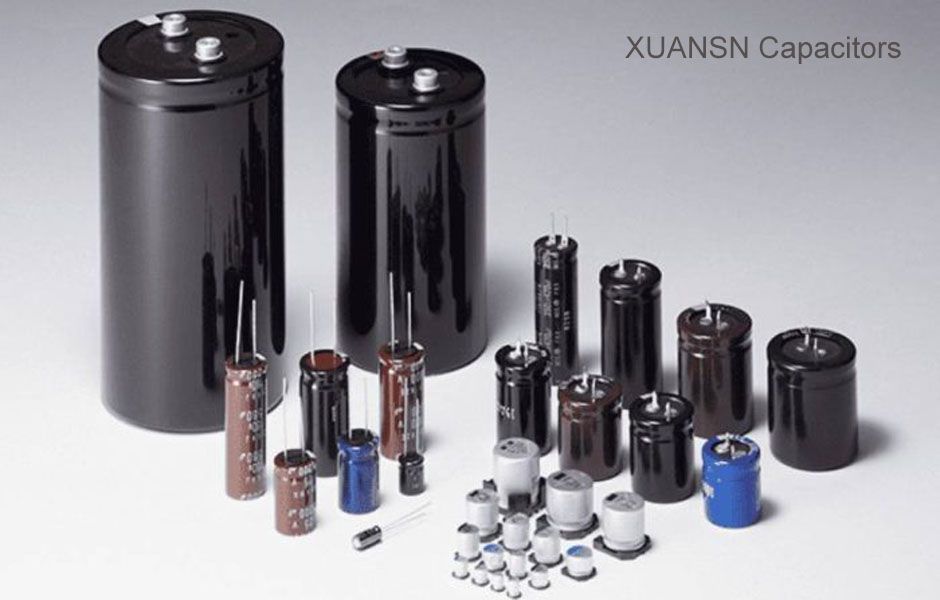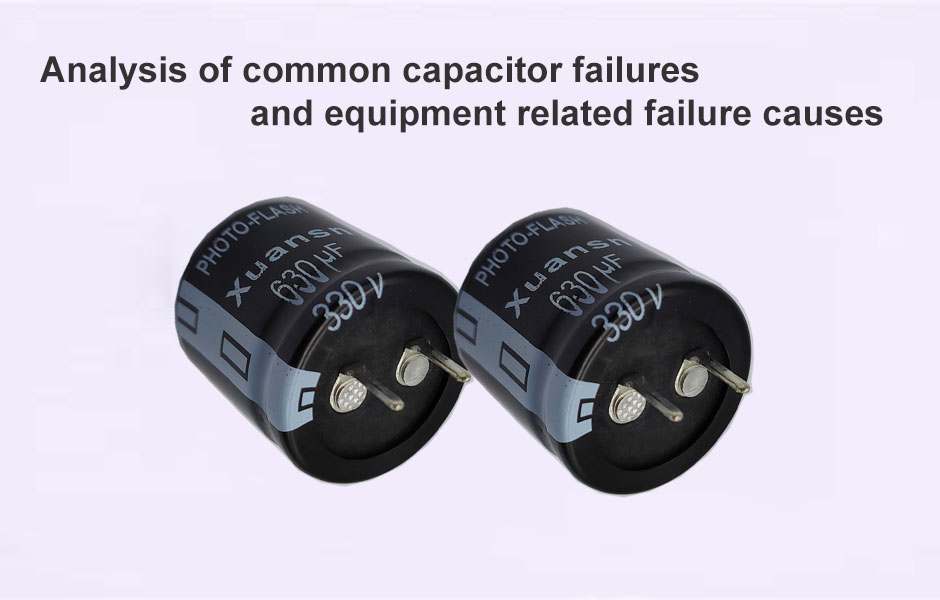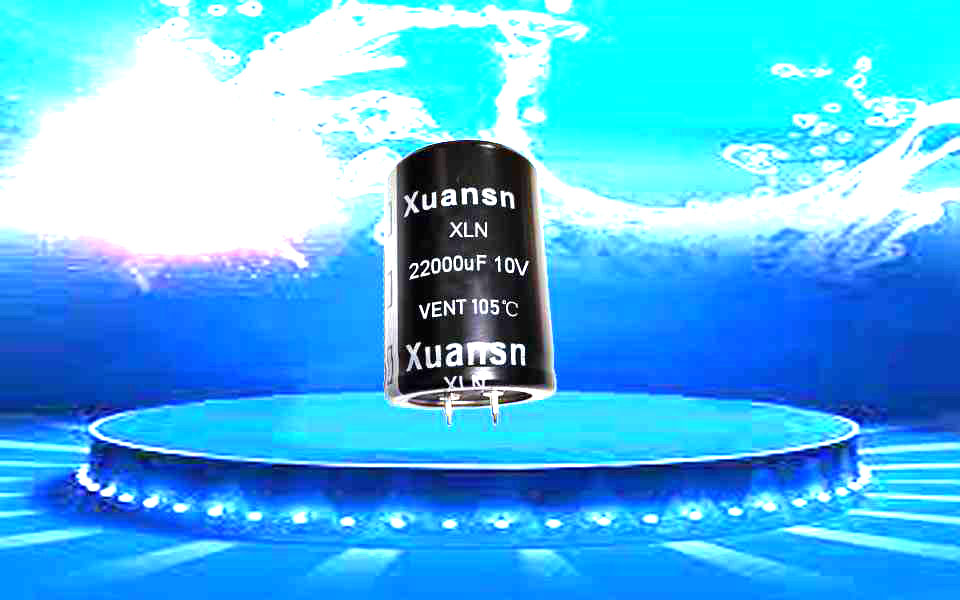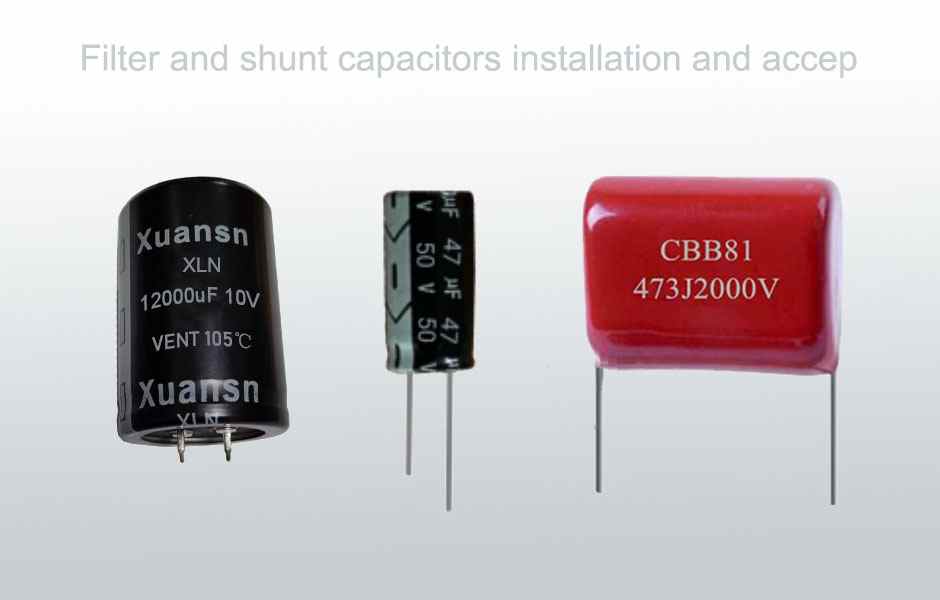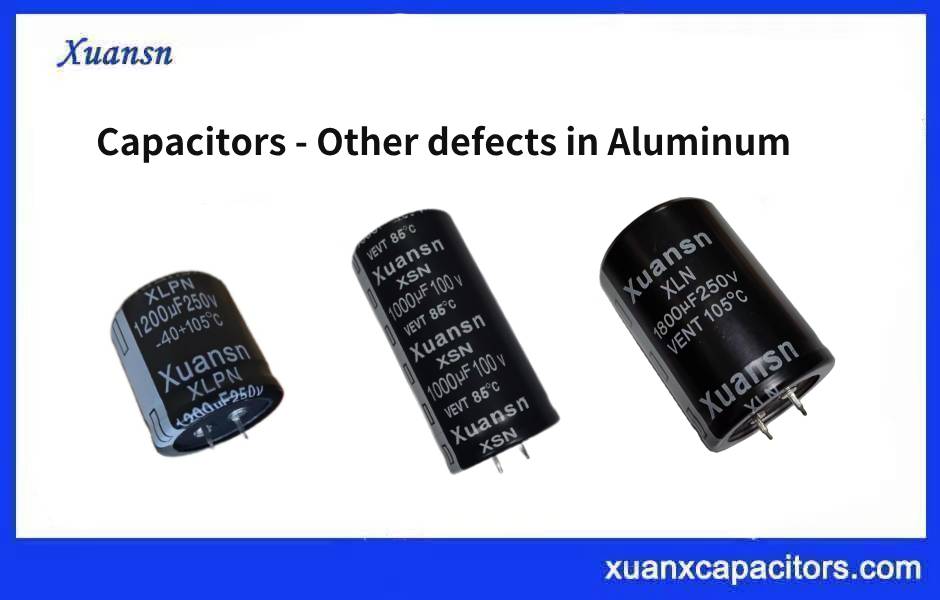Capacitors are commonly used electronic components in electronic equipment. The structure and characteristics of several commonly used capacitors are briefly introduced below for your reference.
1. Aluminum electrolytic capacitor: It is made of an aluminum cylinder as the negative electrode, which is filled with liquid electrolyte, and inserted into a curved aluminum strip as the positive electrode. It also needs to be processed by DC voltage to form a layer of oxide film as a medium on the chip used as the positive electrode. It is characterized by large capacity, but large leakage, poor stability, and positive and negative polarity. It is suitable for power filtering or low-frequency circuits. When using, do not connect the positive and negative poles reversely.
2. Tantalum-niobium electrolytic capacitor: It uses metal tantalum or niobium as the positive electrode, dilute sulfuric acid and other solutions as the negative electrode, and uses the oxide film formed on the surface of tantalum or niobium as the dielectric. Its characteristics are: small size, large capacity, stable performance and long life. The insulation resistance is large. Good temperature performance, used in demanding equipment.
3. Ceramic capacitors: use ceramics as the medium. The silver layer is sprayed on both sides of the ceramic substrate, and then the silver film is fired to make the polar plate. Its characteristics are: small size, good heat resistance, low loss, high insulation resistance, but small capacity, suitable for high-frequency circuits. Ferroelectric ceramic capacitors have large capacity, but large loss and temperature coefficient, and are suitable for low-frequency circuits.
4. Mica capacitors: use metal foil or spray a silver layer on a mica sheet to make the electrode plates. After stacking the plates and mica layer by layer, they are then die-casted in bakelite powder or sealed in epoxy resin. Its characteristics are: low dielectric loss and high insulation resistance. The temperature coefficient is small, suitable for high-frequency circuits.
5. Film capacitor: The structure is the same as the paper capacitor, and the medium is polyester or polystyrene. Polyester film capacitors have high dielectric constant, small size, large capacity, and good stability. They are suitable for bypass capacitors. Polystyrene film capacitors have low dielectric loss, high insulation resistance, but large temperature coefficients, and can be used in high-frequency circuits.
6. Paper capacitor: Use two pieces of metal foil as electrodes, sandwiched between extremely thin capacitor paper, rolled into a cylindrical or flat cylindrical core, and then sealed in a metal shell or insulating material shell. It is characterized by small size and larger capacity. But the inherent inductance and loss are relatively large, which is suitable for low-frequency circuits.
7. Metallized paper capacitor: The structure is basically the same as that of paper capacitor. It is a layer of metal film on the capacitor paper to replace the metal foil. It is small in size and large in capacity. It is generally used in low frequency circuits.
8. Oil-immersed paper capacitor: It is to immerse the paper capacitor in specially treated oil to enhance its pressure resistance. Its characteristic is large electric capacity, high withstand voltage, but large volume. In addition, in practical applications, firstly, different types of capacitors should be selected according to different purposes; secondly, the nominal capacity of the capacitor, allowable error, withstand voltage, leakage resistance and other technical parameters should be considered; thirdly, there are positive, For negative electrolytic capacitors, do not connect the positive and negative electrodes reversely during welding.
